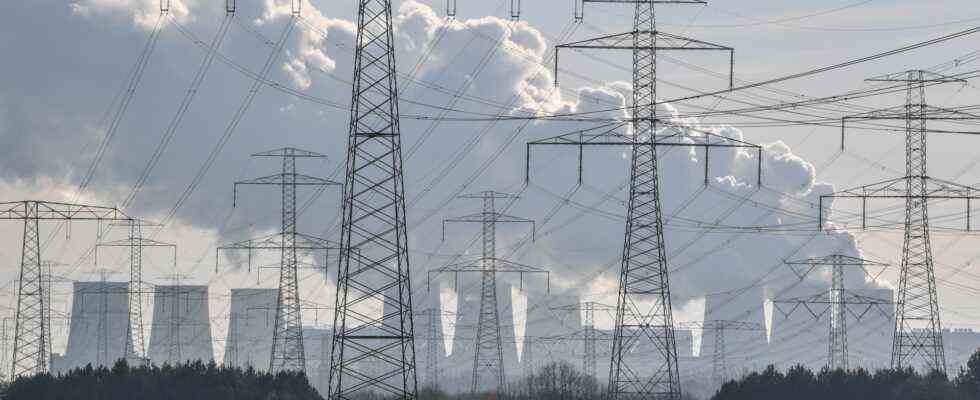Status: 25.10.2021 12:19 p.m.
The greenhouse gas concentration in the atmosphere reached a new high in 2020. The corona pandemic could not stop the increase either. Hopes now rest on the upcoming world climate conference.
The concentration of greenhouse gases in the atmosphere reached new highs last year. The year-on-year increase was even higher than the average increase over the past ten years, according to a report by the World Meteorological Organization (WMO). In view of this development, the achievement of the climate protection goals of the Paris Agreement is considerably jeopardized, it said.
Economic downturn due to Corona has no impact
According to the report, the corona pandemic does not result in a significant reduction in emissions. The economic downturn caused by the crisis only temporarily reduced new emissions, but had “no discernible effects” on the amount and increase of greenhouse gases in the atmosphere.
At the current rate of increase in greenhouse gas concentrations, the temperature increase at the end of the century will be well above the targets set in the Paris Agreement of 1.5 to 2 degrees Celsius above the pre-industrial level, said WMO General Secretary Petteri Taalas. “We are still far from the goal.”
WMO boss warns: “We have to rethink our way of life”
“Many countries are now setting themselves targets for carbon neutrality, and it is to be hoped that the commitments at COP26 will increase dramatically,” said Taalas, referring to the world climate conference in Glasgow, which begins on Sunday. “We need to rethink industry, the energy sector, transport and our entire way of life.”
At the COP26, a tightening of the previous international climate protection plans is to be negotiated. In 2015, more than 190 states agreed in the Paris Agreement to work to limit global warming by 1.5 degrees and a maximum of two degrees. According to the UN, the measures announced so far are not sufficient.
World Climate Conference decisive
The world climate conference is now seen as crucial in setting international emissions targets to slow global warming. “The necessary changes are economically affordable and technically feasible,” explained Taalas. “We have no time to lose.”
The most important greenhouse gas released by human activity is CO2. It is mainly created by burning fossil fuels and during the production of concrete. In addition, the emission of methane and nitrous oxide (laughing gas) noticeably increases the surface temperature. 60 percent of methane emissions are due to human activity and, in particular, to agriculture. Laughing gas is released, for example, when using artificial fertilizers.

